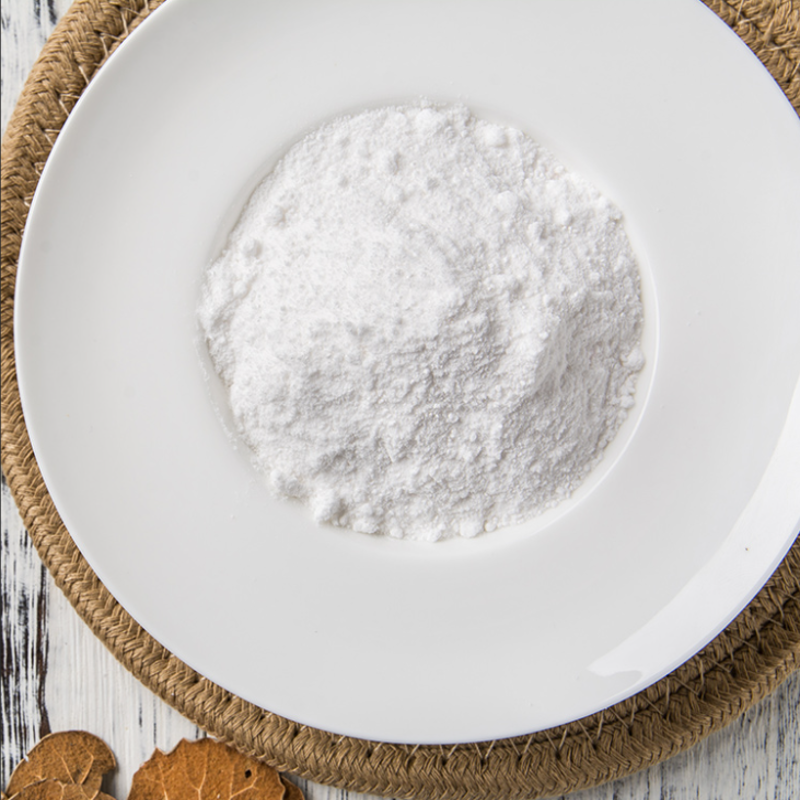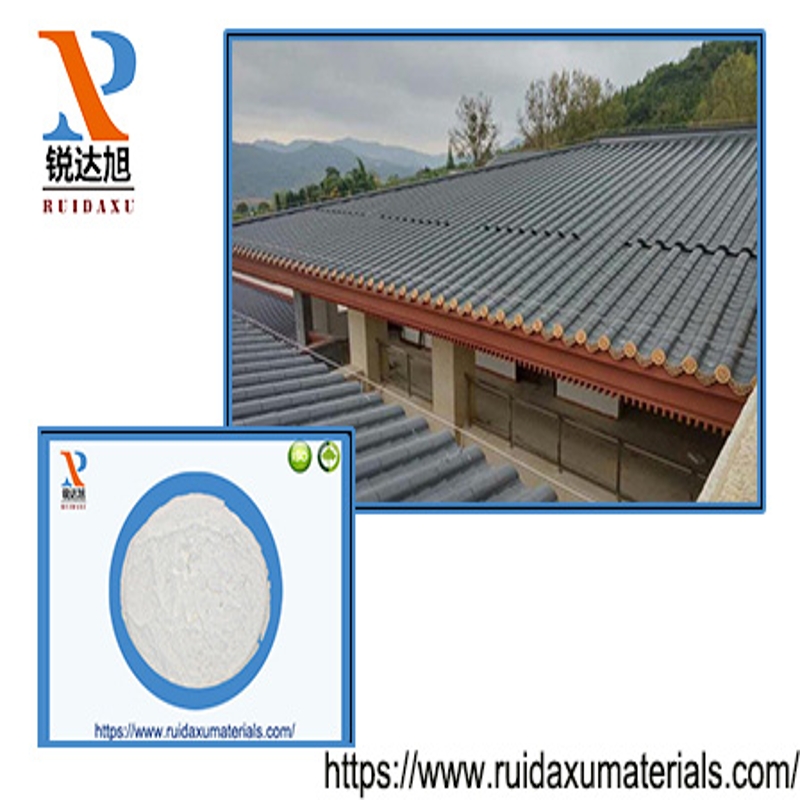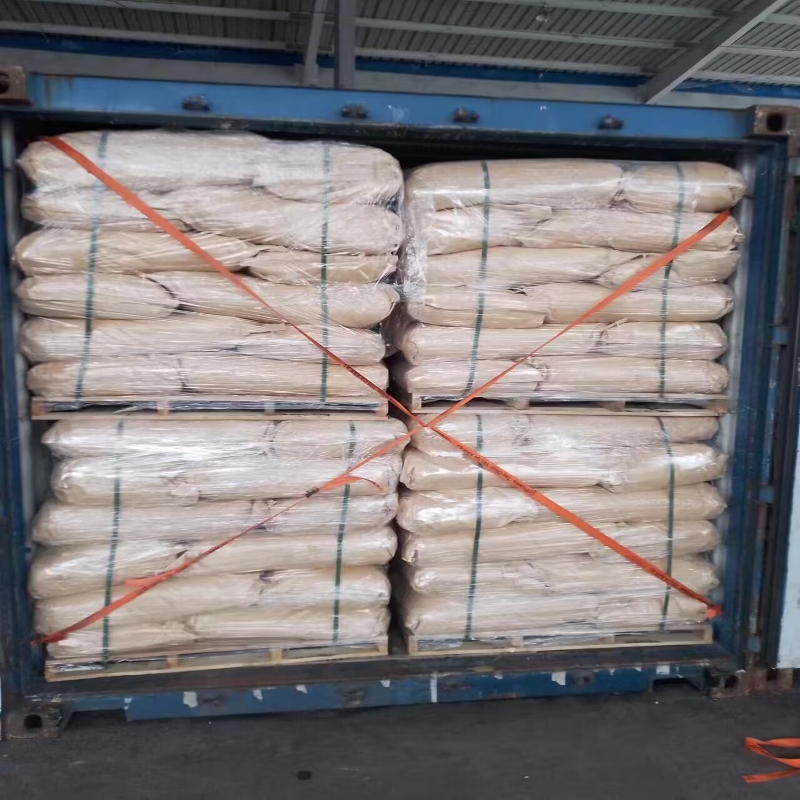-
Categories
-
Pharmaceutical Intermediates
-
Active Pharmaceutical Ingredients
-
Food Additives
- Industrial Coatings
- Agrochemicals
- Dyes and Pigments
- Surfactant
- Flavors and Fragrances
- Chemical Reagents
- Catalyst and Auxiliary
- Natural Products
- Inorganic Chemistry
-
Organic Chemistry
-
Biochemical Engineering
- Analytical Chemistry
-
Cosmetic Ingredient
- Water Treatment Chemical
-
Pharmaceutical Intermediates
Promotion
ECHEMI Mall
Wholesale
Weekly Price
Exhibition
News
-
Trade Service
Introduction
UV is a kind of coating that can be rapidly cured into a film in a few seconds under the irradiation of ultraviolet (ultraviolet, UV for short)
Under the general trend of water-based, water-based UV coatings are also successfully applied in many fields such as woodware, plastics, printing, and daily chemicals due to their environmental friendliness and construction friendliness.
Major Improvement System
1 Epoxy acrylate/urethane acrylate composite system
The photosensitive oligomer is the main part of the UV curable resin and determines the basic properties of the cured resin
2 Dendritic or hyperbranched systems
Aqueous UV-curable dendrimers or hyperbranched oligomers are a new class of polymers with spherical or dendritic structures without entanglement between molecular chains
3 Epoxidized soybean oil acrylate
Epoxidized soybean oil has low cost, environmental protection, long molecular chain and moderate cross-linking density, which can significantly improve the flexibility and adhesion of coatings.
Prospects of Waterborne UV Resin Coatings
Waterborne UV resin coatings can be quickly cross-linked and cured under the action of photoinitiators and ultraviolet light
(1) Preparation of new oligomers: including low viscosity, high activity, high solid content, multifunctionality and hyperbranching
.
(2) Develop new reactive diluents: including new acrylate reactive diluents, with high conversion rate, high reactivity and low volume shrinkage
.
(3) Research on new curing systems: In order to overcome the defects of incomplete curing sometimes caused by limited UV light penetration, dual curing systems are used, such as free radical photocuring/cationic photocuring, free radical photocuring, thermal curing, free radical photocuring and free radical photocuring.
Based on photocuring/anaerobic curing, free radical photocuring/moisture curing, free radical photocuring/redox curing, etc.
, the synergistic effect of the two is fully exerted, and the application field of waterborne photocurable materials is further developed
.







